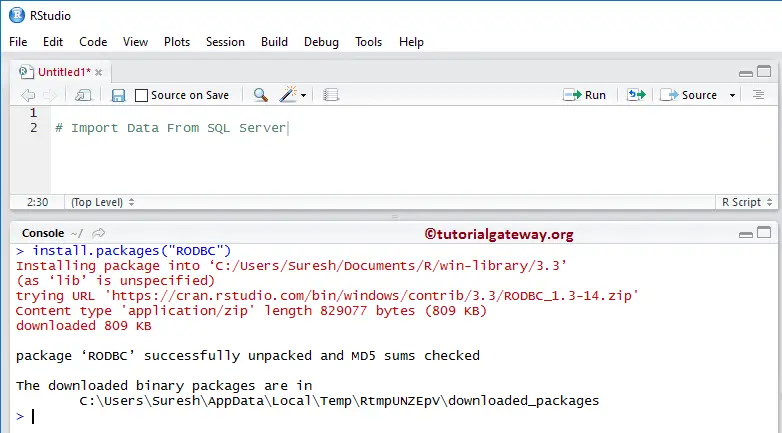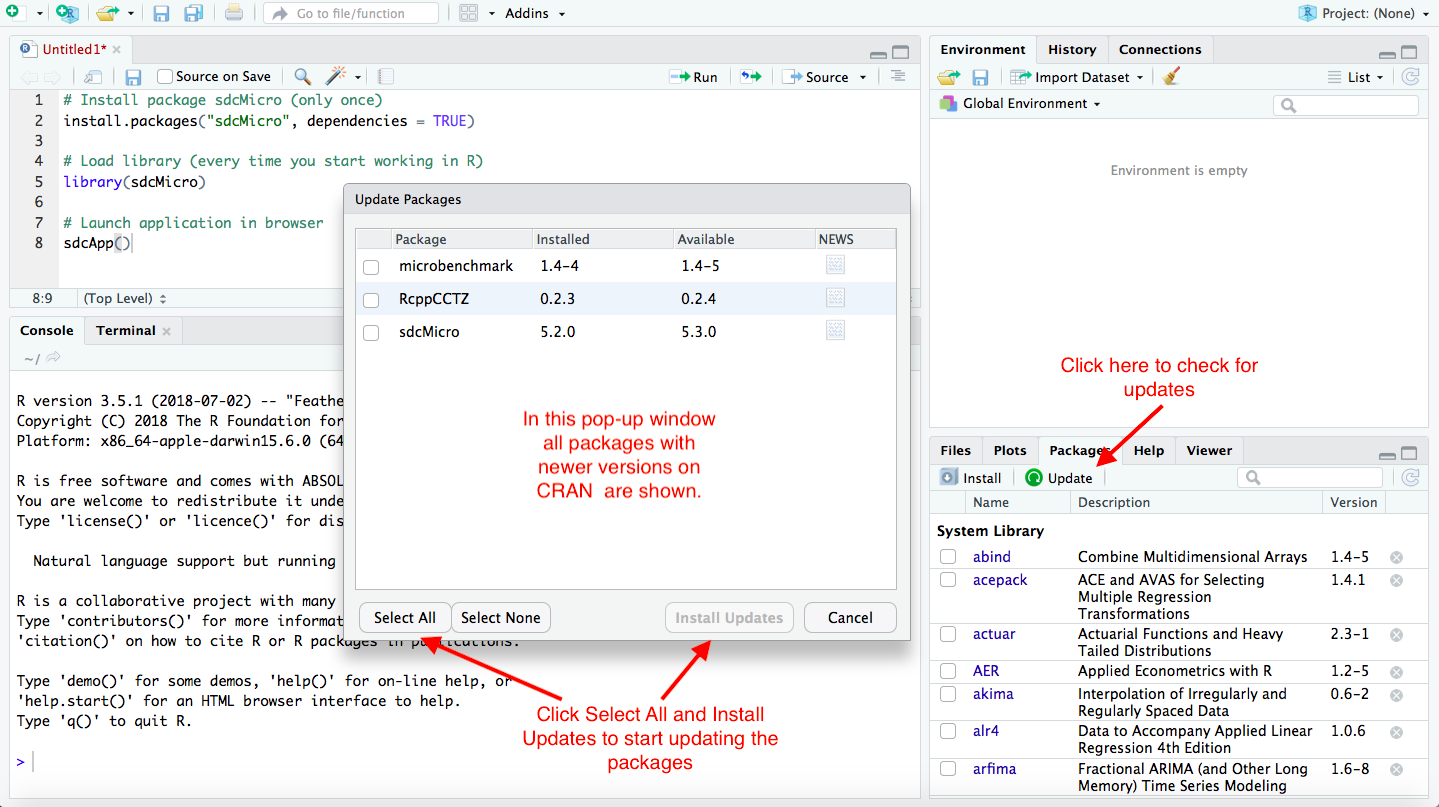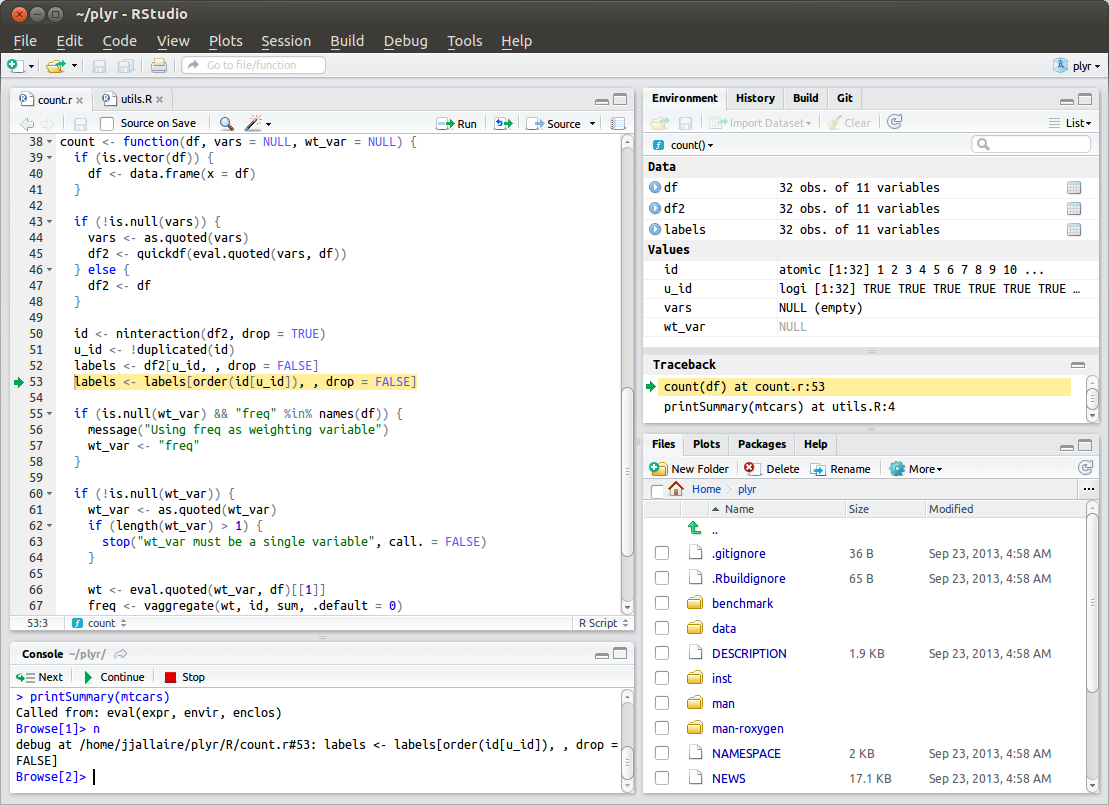

Some people have been nice enough to recommend it for comparative population biology. I was pleased to find popdemo was useful to some people though: it has been used to inform conservation of endemic island orchids, assess impacts of land use change on grassland bioindicator species and uncover relationships between mammal life histories and their demographic responses to disturbance. However, I felt it was probably of limited use: many of my peers could write it themselves and the methods do very specific things (although that’s probably the nature of PhD research generally!). I decided it would be cool for the code to be freely available and wanted to learn how to build an R package. Popdemo consists of a bunch of R scripts I used in my PhD research.


If you’re interested as to why that’s important, please take a look at my Methods 5 th Anniversary Symposium talk. The package works with matrix population models to forecast POPulation-level DEMOgraphy and is specifically designed to measure transient dynamics of non-stable populations. In 2012, I published an applications paper in Methods in Ecology and E volution, introducing an R package called popdemo.

I’ll explain why that is, give some tips to beginners for building a first R package, and hopefully persuade other (especially early-career) researchers to do the same. I don’t think that’s unusual: ask any scientist about their ‘Plan B’, and the extent to which it’s thought through is often astonishing (if a café-cum-cocktail bar ever opens in Glasgow’s West End, which specialises in drinks that employ spice blends from around the world and are named after old spice trade routes and trading vessels, then you know I’ve jumped the science ship).Ĭontributing open-source software is something which has made my work feel a bit more relevant and helped me feel a bit less of an imposter. As scientists we question the world around us and, for me, this questioning turns all-too-often inwards to my career. If you’re anything like me, you might experience a minor existential crisis weekly. You can watch his talk, ‘Methods Put to Good Use: Advances in population ecology through studies of transient demography’ here. Iain was one of the presenters at the UK half of the Methods in Ecology and Evolution 5th Anniversary Symposium in April. He is currently working as a part of MaxNetAging, a Research Network on Aging. Iain is a Postdoctoral Researcher at the Max Planck Institute for Demographic Research and the MaxO Center at the University of Southern Denmark.


 0 kommentar(er)
0 kommentar(er)
